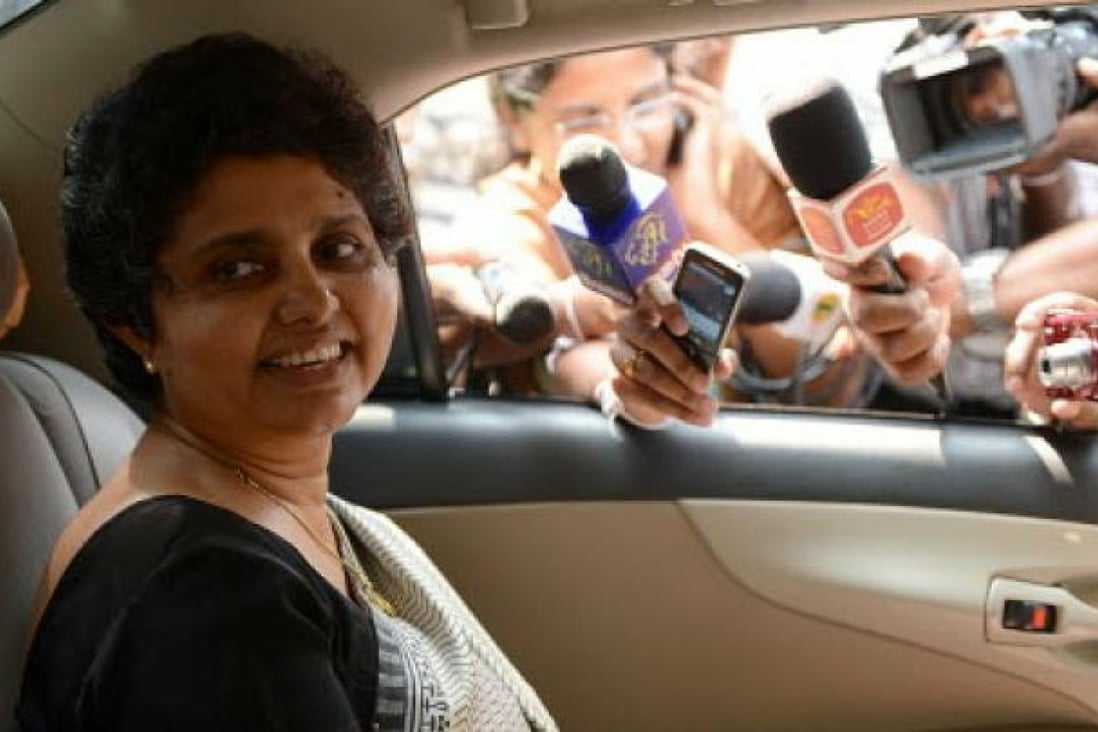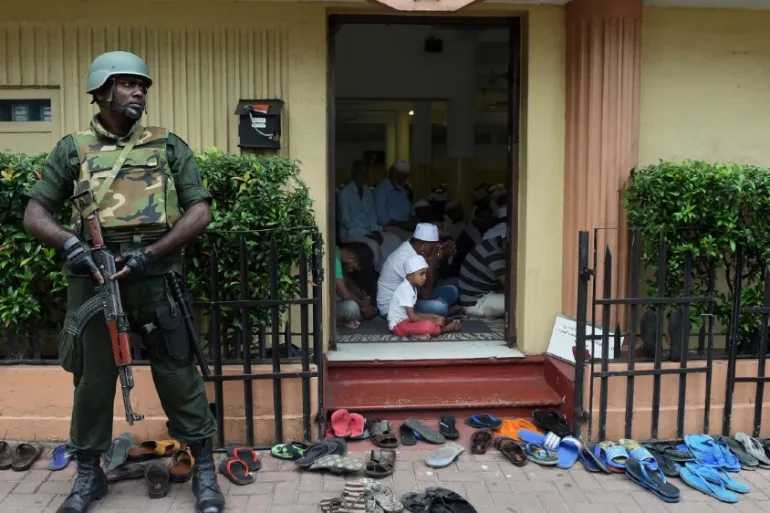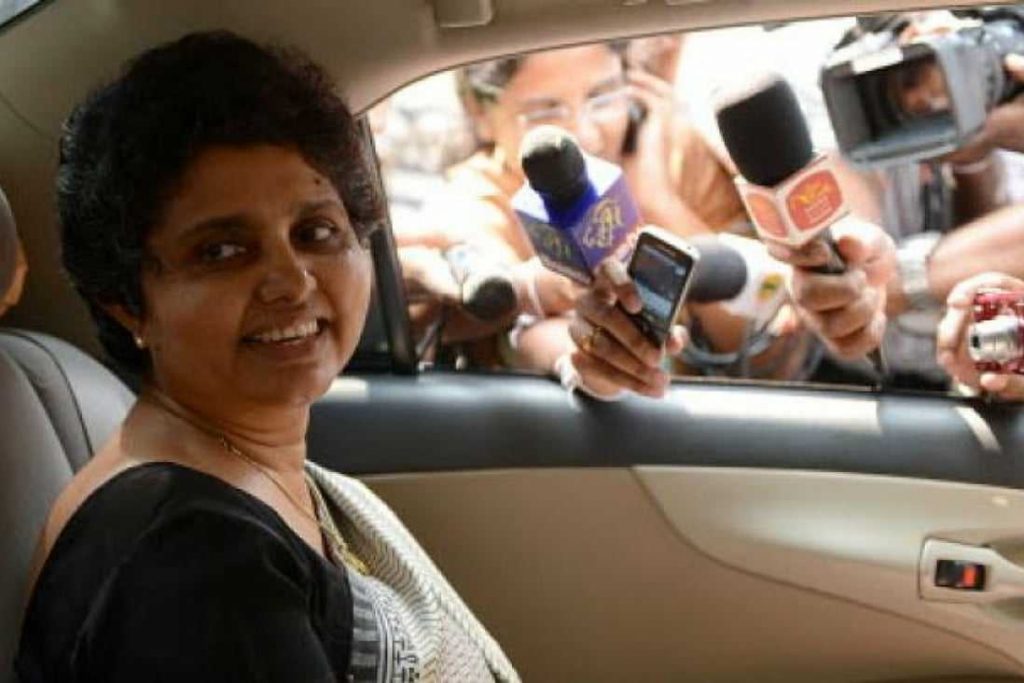
This Week 05, 10, 15 and 20 years ago
This column profiles the significant events that took place, particularly in Sri Lanka, during this week from July 10 -16, 5, 10, 15 and 20 years ago today.
July 10 – 16, 2018 (5 Years Ago)
No-Confidence motion against PM Wickremesinghe
On July 11, 2018, a no-confidence motion was brought against Prime Minister Ranil Wickremesinghe by the Joint Opposition, led by former President Mahinda Rajapaksa. The Joint Opposition was a political alliance consisting of several parties including the Sri Lanka Freedom Party (SLFP) and the United People’s Freedom Alliance (UPFA). The motion was supported by 76 members of parliament, while 122 members voted against it.
The no-confidence motion against Prime Minister Wickremesinghe was primarily driven by various factors and grievances expressed by the opposition parties. One of the main concerns raised was the alleged involvement of the Prime Minister’s office in a controversial bond issuance by the Central Bank of Sri Lanka. The bond scandal, which came to be known as the “Central Bank bond scam,” involved irregularities in the issuance of treasury bonds that resulted in significant financial losses for the government.
The opposition parties accused Prime Minister Wickremesinghe of failing to take appropriate action against those responsible for the bond scam and questioned his integrity and ability to govern effectively. They argued that his continued presence as Prime Minister would hinder any meaningful investigation into the scandal and undermine public trust in the government.
Furthermore, there were also concerns raised about the economic policies and performance of the government under Prime Minister Wickremesinghe’s leadership. Critics argued that his administration had failed to deliver on its promises of economic development and job creation, leading to dissatisfaction among the public.
In addition to these specific issues, there were broader political dynamics at play. The no-confidence motion against Prime Minister Wickremesinghe was seen as a reflection of the power struggle between different factions within Sri Lankan politics. The Joint Opposition, which initiated the motion, sought to capitalize on public discontent and weaken the ruling coalition led by Wickremesinghe’s United National Party (UNP).
Despite the no-confidence motion being brought against him, Prime Minister Wickremesinghe managed to survive the vote. The motion required a simple majority to pass, which would have necessitated at least 113 votes in favor. However, only 76 members voted in favor of the motion, while 122 voted against it. This outcome indicated that the majority of parliamentarians still had confidence in Wickremesinghe’s leadership.
Aggression against Muslims
Sri Lanka witnessed violent clashes between Sinhalese Buddhists and Muslims in the central district of Kandy. The tensions began on March 4 when a Sinhalese truck driver died after an altercation with four Muslim men. This incident sparked communal violence, resulting in the destruction of mosques, homes, and businesses belonging to Muslims. The government declared a state of emergency on March 6 to restore law and order in the affected areas.

The anti-Muslim riots resulted in significant damage to property, infrastructure, and human lives. These riots were a series of violent incidents that occurred primarily in the Kandy district of Sri Lanka in March. The violence was fueled by tensions between the sections of the Buddhist and Muslim communities in Udispattuwa, Teldeniya, Digana, Thennekumbura areas in the country
One of the major consequences of these riots was the destruction of numerous Muslim-owned businesses and homes. In “Sri Lanka: The New Country”, John Holt states that many shops, restaurants, and houses belonging to Muslims were vandalized or set on fire during the riots. This caused significant financial losses for the affected individuals and businesses.
In addition to property damage, there were also reports of attacks on mosques and other religious sites. “Religious Tensions in Contemporary Sri Lanka” by Michael Roberts (Print) highlights that several mosques were targeted and damaged during the riots. This not only had a direct impact on the Muslim community but also deepened religious tensions within the country.
During the riots, government declred a state of emergemcy and social media networks including WhatsApp, Facebook, Twitter and Instagram were blocked in many parts of the country, preventing any inormation about the events reaching the people, which space was used by the military and police to over hostilities.
The riots also led to the displacement of many Muslims who felt unsafe in their own neighborhoods. “Sri Lanka: A Nation Divided” by Rajan Hoole explains that thousands of Muslims were forced to flee their homes and seek refuge in temporary shelters or with relatives in other areas. This mass displacement caused immense hardship for these individuals and their families.
Furthermore, there were reports of physical assaults and even deaths during the riots. “Ethnic Violence in Sri Lanka: Causes, Consequences, and Responses” by Asoka Bandarage documents instances where individuals from the Muslim community were attacked and killed by mobs. These acts of violence resulted in loss of life and further escalated tensions between communities.
The long-term consequences of these riots extend beyond immediate damages. They have had a lasting impact on inter-communal relations and trust within Sri Lankan society. “Sri Lanka: History, Culture, and Identity” by Patrick Peebles discusses how the riots have deepened divisions between Buddhists and Muslims, leading to increased discrimination and marginalization of the Muslim community.
New Ministers
During this week, President Maithripala Sirisena appointed several new ministers to fill vacancies in his government. On July 12, Sarath Amunugama was sworn in as the Minister of Foreign Affairs, following the resignation of Ravi Karunanayake. Additionally, Ranjith Siyambalapitiya was appointed as the Minister of Power and Renewable Energy on July 16.
Protests against Fuel Price Hike
Throughout this week, various trade unions and civil society groups staged protests across the country against the government’s decision to increase fuel prices. The price hike was implemented on July 11 as a result of rising global oil prices, as claimed. Protesters demanded a rollback of the price increase, citing its impact on the cost of living.
***
July 10 – 16, 2013 (10 Years Ago)
During the week from July 10 to 16, 2013, several significant events took place in Sri Lankan politics. These events encompassed a range of political, social, and economic developments that shaped the country’s political landscape during that period.
Impeachment of Chief Justice Shirani Bandaranayake

One notable event during this week was the impeachment of Chief Justice Shirani Bandaranayake. In November 2012, parliament began an impeachment hearing against her, defying a Supreme Court ruling for a suspension of proceedings, that decided that the process was illegal and threatened judicial independence. On January 11, 2013, the Sri Lankan parliament had passed an impeachment motion against Bandaranayake, accusing her of misconduct and abuse of power. President Mahinda Rajapaksha ratified this decision to impeach the Chief Justice, which gave a direct message that the Rajapaksas will continue to consolidate their power without regard to democracy, the rule of law or human rights. During this week, the parliamentary select committee appointed to investigate the charges found her guilty on three counts. As a result, Bandaranayake was removed from her position as Chief Justice, leading to widespread criticism both domestically and internationally.
Tensions between the government and the TNA
Another significant development during this week was the ongoing tensions between the government and the Tamil National Alliance (TNA), a political party representing the interests of the Tamil minority in Sri Lanka. The TNA had been advocating for greater autonomy and rights for Tamils in the country. During this period, there were reports of clashes between TNA supporters and security forces in various parts of the country. These incidents highlighted the deep-rooted ethnic tensions and unresolved issues related to post-war reconciliation in Sri Lanka.
Inflation
Furthermore, economic matters also played a role in shaping Sri Lankan politics during this week. The government faced criticism over rising inflation and increasing cost of living. There were protests by trade unions and civil society organizations demanding better economic policies and measures to alleviate the burden on ordinary citizens. The government responded by implementing certain measures to control prices and address inflation concerns.
Rajapaksha tightens grip
In addition to these specific events, it is important to note that Sri Lankan politics during this period were characterized by broader trends such as consolidation of power by President Mahinda Rajapaksa and his party, the United People’s Freedom Alliance (UPFA). The UPFA held a majority in parliament and faced limited opposition, which raised concerns about the concentration of power and the erosion of democratic institutions.
***
July 10 – 16, 2008 (15 Years Ago)
Intensification of the military conflict
One of the major developments during this week was the intensification of the military conflict between the Sri Lankan government and the Liberation Tigers of Tamil Eelam (LTTE), also known as the Tamil Tigers. The conflict, which had been ongoing for three decades, reached a critical point during this period. The Sri Lankan government launched a major offensive against the LTTE in an attempt to eliminate their presence in the northern part of the country.
On July 11, 2008, the Sri Lankan Air Force carried out airstrikes targeting LTTE positions in Kilinochchi, which was considered the de facto capital of the Tamil Tigers. These airstrikes were part of a larger military operation aimed at capturing Kilinochchi and weakening the LTTE’s hold on the region. The government forces made significant advances during this week, pushing deeper into LTTE-controlled territory.
The military offensive led to a humanitarian crisis, with thousands of civilians caught in the crossfire. Many people were displaced from their homes and forced to seek shelter in temporary camps. Human rights organizations raised concerns about the safety and well-being of these civilians, urging both sides to ensure their protection.
Dissolution of Eastern Province
In addition to the military operations, there were also significant political developments during this week. On July 14, 2008, President Mahinda Rajapaksa dissolved the Eastern Provincial Council and called for fresh elections. This move was seen as an attempt to consolidate power and strengthen his party’s control over the region. The Eastern Province had been under direct central government rule since 2006 when it was brought under military control following an offensive against the LTTE.
The decision to dissolve the Eastern Provincial Council sparked controversy and criticism from opposition parties, who accused the government of undermining democratic processes. The opposition argued that the move was a strategic maneuver to gain an advantage in the upcoming elections and consolidate power at the expense of local governance.
Furthermore, during this week, there were also international efforts to broker a ceasefire and bring an end to the conflict. Diplomatic initiatives were undertaken by various countries and international organizations to encourage dialogue between the Sri Lankan government and the LTTE. However, these efforts did not yield any significant breakthroughs, as both sides remained committed to their military objectives.
The events that unfolded during this week in Sri Lankan politics had far-reaching consequences for the country’s future. The military offensive against the LTTE eventually led to their defeat in 2009, marking the end of one of Asia’s longest-running civil wars. However, the conflict also left a lasting impact on Sri Lanka, with significant human rights abuses and allegations of war crimes committed by both sides.
***
July 10 – 16, 2003 (20 Years Ago):
Ceasefire MoU signed between Government and the LTTE
During this week in 2003, several significant events took place in Sri Lankan politics. These events had implications for the country’s governance, security, and peace process.
One of the key developments during this week was the signing of a Memorandum of Understanding (MoU) between the Sri Lankan government and the Liberation Tigers of Tamil Eelam (LTTE). The MoU, signed on July 10, 2003, in Thailand, marked a crucial step towards resolving the long-standing ethnic conflict in Sri Lanka. The agreement aimed to establish a ceasefire and create a conducive environment for negotiations between the government and the LTTE.
Under the terms of the MoU, both parties agreed to cease hostilities and refrain from any offensive military operations. The agreement also established mechanisms for monitoring and verifying compliance with the ceasefire. These included the establishment of a Sri Lanka Monitoring Mission (SLMM), consisting of representatives from Nordic countries, to oversee the implementation of the ceasefire.
The signing of the MoU raised hopes for a peaceful resolution to the conflict and generated optimism among both domestic and international stakeholders. It was seen as a significant breakthrough after years of violence and instability in Sri Lanka.
However, despite the signing of the MoU, there were sporadic incidents of violence during this week. On July 11, just one day after the signing, clashes erupted between government forces and LTTE cadres in Trincomalee district. These clashes resulted in casualties on both sides and threatened to undermine the fragile ceasefire.
In response to these incidents, both parties reaffirmed their commitment to the ceasefire and called for restraint. The SLMM played a crucial role in mediating between the two sides and diffusing tensions. Their efforts helped prevent further escalation of violence during this critical period.
Apart from these developments related to the ceasefire, there were also political discussions and negotiations taking place during this week. The government and the LTTE engaged in talks to address issues such as the resettlement of internally displaced persons (IDPs), the release of prisoners, and the restoration of normalcy in war-affected areas.
These discussions were part of a broader peace process aimed at finding a lasting solution to the ethnic conflict in Sri Lanka. The international community, including countries like Norway, played a significant role in facilitating these negotiations and providing support to the peace process.
Overall, the week from July 10 to 16, 2003, was a crucial period in Sri Lankan politics. The signing of the MoU between the government and the LTTE marked a significant step towards peace and raised hopes for a political resolution to the long-standing ethnic conflict. Despite sporadic incidents of violence, efforts were made to maintain the ceasefire and engage in political negotiations.

